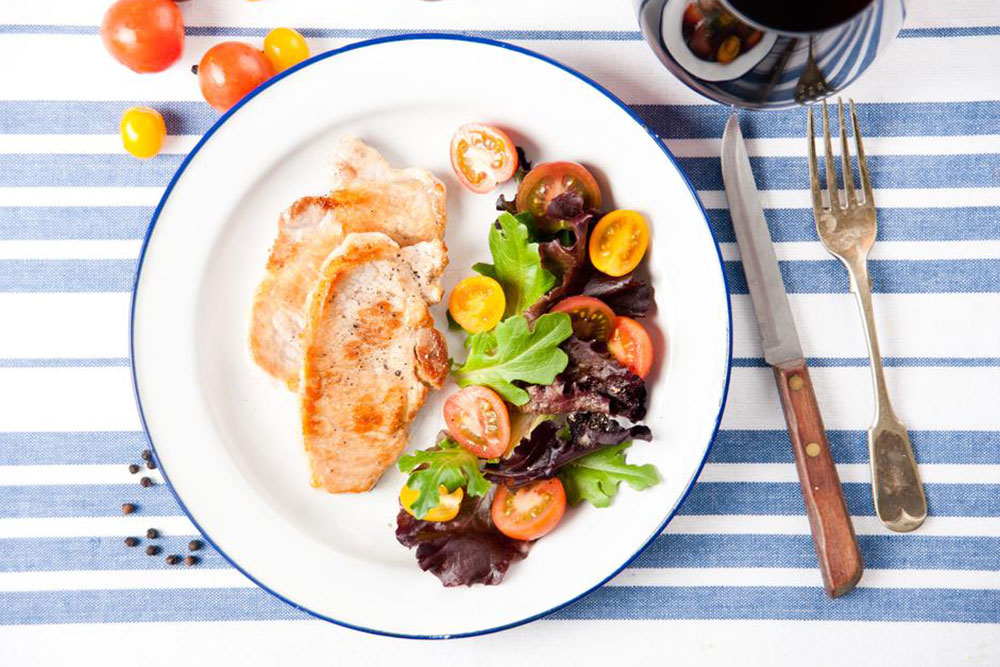Essential Things to Know about the Paleo Diet
The paleo diet meals are different from a regular diet and are very similar to the diet followed by our hunter-gatherer ancestors from the Paleolithic era. The diet includes unprocessed and whole foods and it offers numerous health benefits. The paleo diet has gained immense popularity nowadays, and recent studies have revealed that this diet is highly effective for weight loss and one can avail multiple health benefits.
Planning a paleo diet
There are many people who rely on this diet to avail amazing health benefits, but before practicing it, you should remember that it is just a general guide and you can alter it according to your personal preferences and requirements.

Foods you can include in a paleo diet
If you are willing to practice this diet, you can consider including foods like egg, fish, vegetables, meat, nuts, and fruits. Certain spices, herbs, healthy fats, and oil as play an important role, making it imperative for you to include them on a regular basis.
Unprocessed foods are the primary source of your strength and nutrients, and if you are thinking of adopting the paleo diet, then eating unprocessed foods is essential. You can consider including the following items in your paleo diet plan to avail the benefits.
- Meats are essential, and it is recommended to consume chicken, lamb, and pork and various fishes like haddock, salmon, shellfish, shrimp, trout.
- Omega-3 enriched foods are highly recommended to be included in a paleo diet. You can consume eggs and vegetables like carrots, broccoli, peppers, and tomatoes.
- Fruits are a reliable source of necessary nutrients like dietary fiber, potassium, vitamin C, and folic acid, and therefore, you should consume fruits like strawberries, oranges, blueberries, bananas, avocados, sweet potatoes, potatoes, and turnips.
- Seeds and nuts are nutrient-rich foods, and it is recommended to consume macadamia nuts, almonds, pumpkin seeds, hazelnuts while following a paleo diet.
- Oils and species like Himalayan salt, extra virgin olive oil, and sea salt are also very beneficial.
- Many people prefer organic and grass-fed foods as these foods are almost unprocessed. In case you can’t afford it, go with the least processed alternative available.
Foods to avoid in a paleo diet
You would also have to avoid certain ingredients from your paleo diet such as dairy products, processed foods, soft drinks, sugar, legumes, grains, vegetable oils, trans fats, and margarine.
It could be difficult to avoid such ingredients from your daily diet. People who follow the paleo diet have to maintain it strictly. If you are interested in availing all the benefits, you will have to avoid foods and ingredients such as table sugar, candy, pastries, soft drinks, barley, wheat, rye, lentils, beans, and vegetable oils like grape seed oil, sunflower oil, corn oil, safflower oil. Moreover, you would also have to avoid ingredients such as sucralose, aspartame, saccharin, cyclamates, acesulfame potassium, and other artificial meal replacement alternatives during this period. It is recommended to go through the list of ingredients that are mentioned on the product.
The paleo diet is popular in the modern world, and you can see different versions of the paleo diet meals too. Such newer versions have allowed for some modern foods that are considered to be healthy according to modern science to be included in this plan. It includes foods like rice, grass-fed butter, and even pasture raised pigs.
When you are following the paleo diet, water is the key go-to beverage for hydrating your body. However, there are many people who have developed caffeine cravings over the years and they prefer to drink tea and coffee during this time. However, you should note that the consumption of caffeine is not allowed when on the paleo diet.
Paleo diet plan for a week
If you are planning to adjust your meals according to the paleo diet for a week, this plan will help you to sketch your diet in an effective way. You can eliminate or add something based on your personal preferences.
Monday
Breakfast: Fruits, vegetables, and egg
Lunch: Olive oil, nuts, and chicken salad
Dinner: Vegetables, burgers without a bun, and salsa
Tuesday
Breakfast: Fruit, bacon, and eggs
Lunch: Fish, vegetables, and rice
Dinner: Salad, vegetables, and meat
Wednesday
Breakfast: Vegetables and berries
Lunch: Fruits, eggs, and fish
Dinner: Beef stir fry along with vegetables
Thursday
Breakfast: Fruits and eggs
Lunch: Leftover stir fry and some nuts
Dinner: Vegetables and some rice
Friday
Breakfast: Vegetables fried in coconut oil
Lunch: Salad and chicken along with olive oil
Dinner: Sweet potatoes and vegetables
Saturday
Breakfast: Bacon and eggs
Lunch: Rice and vegetables
Dinner: Fish and some fruits
Sunday
Breakfast: Fruit, nuts, and eggs
Lunch: Pork and fresh vegetables
Dinner: Grilled chicken and salsa with some lettuce leafs
This plan will help you to sketch an effective chart of the paleo diet meals that you will need to consume. It is, however, recommended that, before starting off, visit your doctor and check whether you are physically fit and whether following the paleo diet will be beneficial for you.

